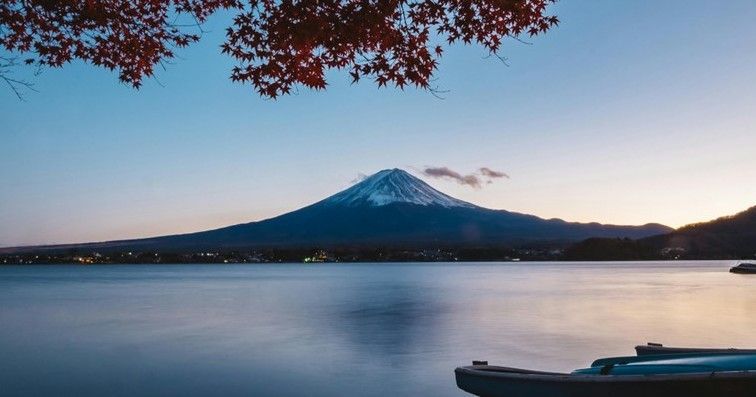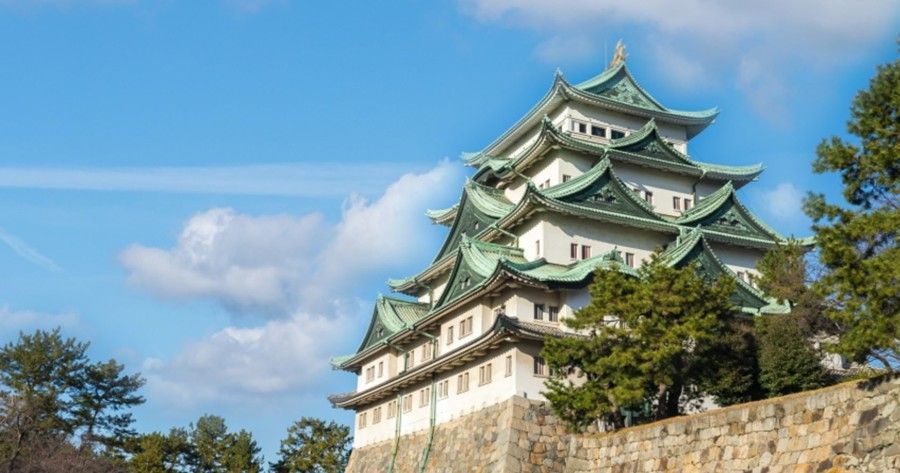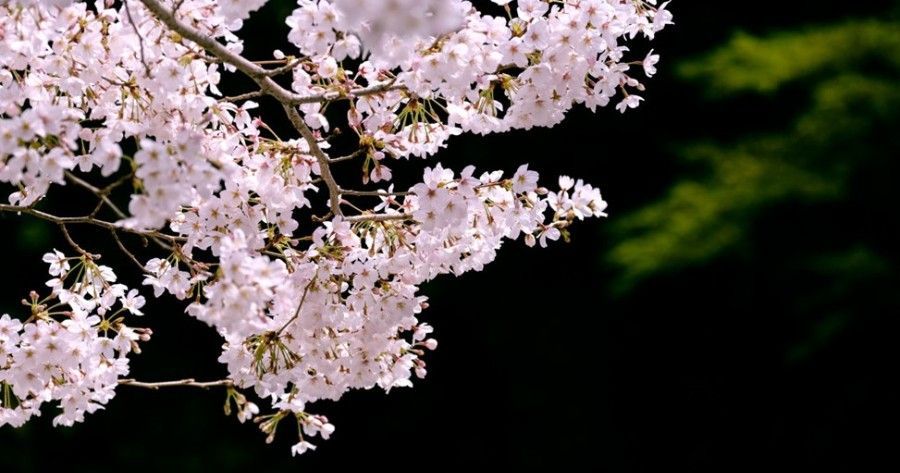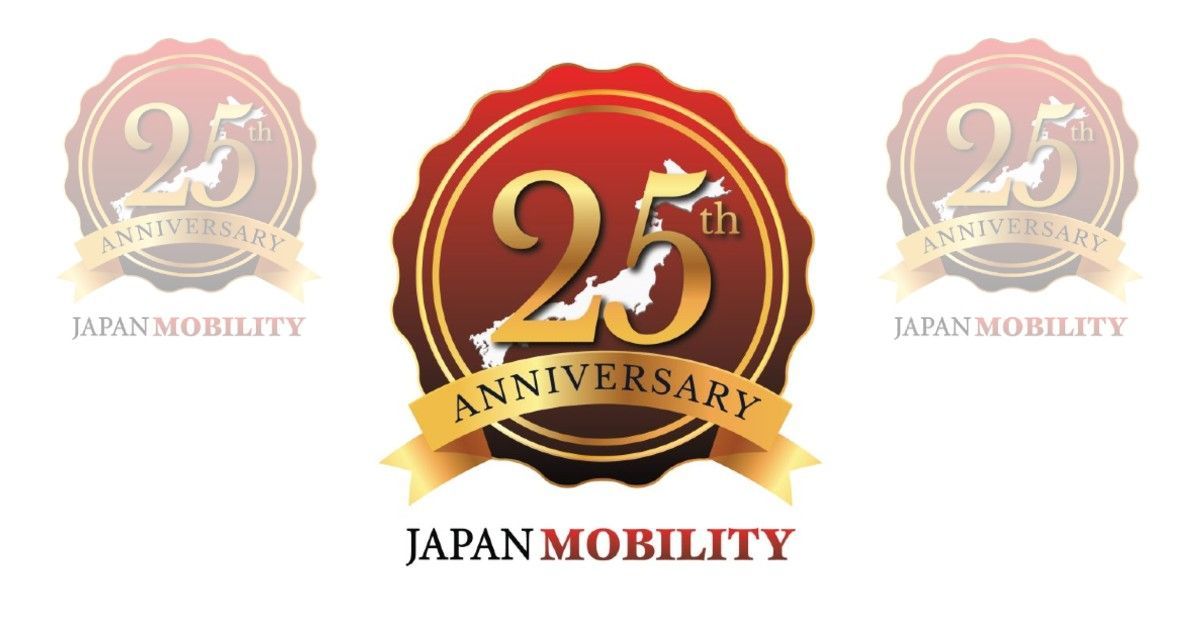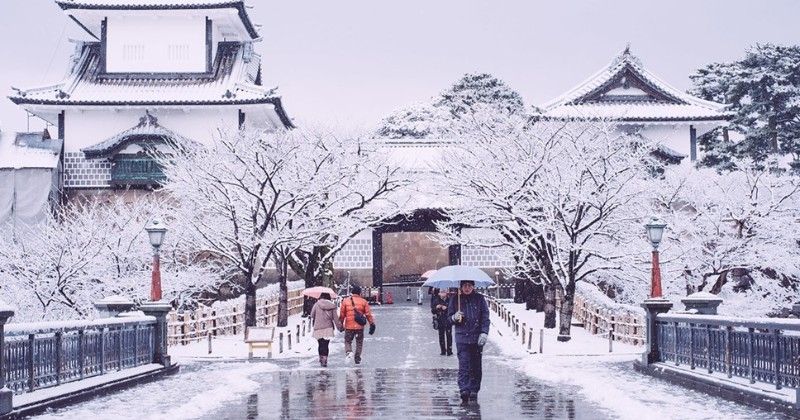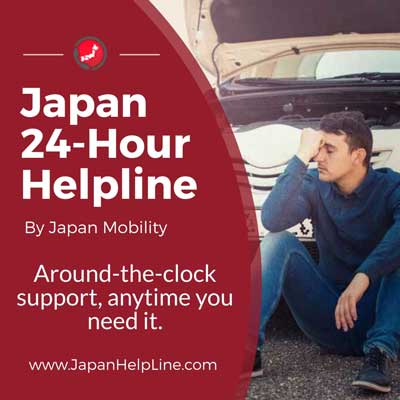The Japanese Bathroom Dryer
From the "What does this button do?" (how-to) series.
If we were to call this device by its more accurate name, it would be something along the lines of "Bathroom* dryer, heater, cooler and ventilation system", which although may better represent what it does, it's just too long to type! So, we'll go with "bathroom dryer" for the sake of convenience.
This device is becoming much more common in Japan and can be found in most newly built buildings or recently renovated older properties. You'll find it in the ceiling of the bathroom/shower room with a control panel on the outside that will look something like the picture provided.
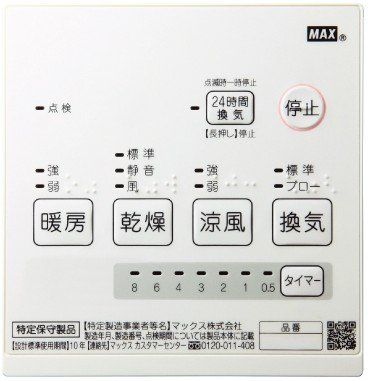
*It should be noted that "bathroom" here refers to the room in a Japanese home with the bathtub, and not the North American use of "bathroom" to refer to the room that houses the toilet. In Japan, toilet and bath are (almost always) in separate rooms.
This device typically includes four basic functions. Let’s have a look at what is does.
Heater (暖房)
Anyone who has lived in Japan through a winter will know that it can get very cold...indoors! This is especially true after you've had a shower or bath and are dripping with water, which may make you feel even colder than normal. The heater function allows you to warm the entire wet room as well the washroom (if you leave the door open) and takes away that cold sting in the winter months.
Cooler (涼風)
Not only are the winters cold but the summers can get swelteringly hot. The cooler will act as an air conditioner and cool the whole room down, which can offer some relief during the summer and other warmer months. It can also be quite nice to have the cold air blowing while you sit in that deep hot bath that the Japanese love so much.

Dryer (乾燥)
This function is especially useful on rainy days when you can't hang your clothes outside to dry. Even if your washing machine has a dryer function, this one can be very effective and gentler method for drying shirts, t-shirts, etc. that may get wrinkled in the tumble dryer. Simply hang your clothes with a clothes hanger from the bar inside the wet room, turn on the dryer and expect your clothes to dry in just a couple of hours.
Air Ventilator (換気)
Most bathrooms in Japan will not have a window which would usually provide the perfect environment for mould to grow. All bathrooms will come with a basic air ventilation unit to prevent this and properties that have a bathroom dryer will have this function included also. It's recommended that this is kept on at all times but it cannot be used in conjunction with another of the above functions, but that’s OK. Each of the other functions have an aspect of ventilation to them, so the room should always be well ventilated. (But we advise to regularly clean the bathroom – it's not perfect!)
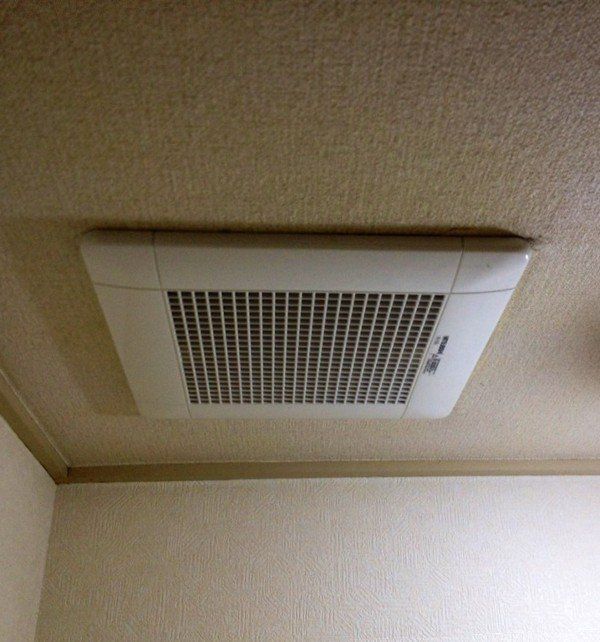
It's undeniable that the bathroom dryer can make a difference to people's lifestyle, but naturally it comes at a cost. The unit uses a combination of gas and electricity depending on the function and the model, and as expected, this will increase your utility bills if used often. However, if used sparingly and only when necessary, it can be a convenient addition to any property. You'll also need to consider the additional maintenance involved too. While not a great task, the filter should be cleaned regularly to avoid any build-up of dirt and dust which can affect performance and potentially damage the dryer if left for too long.












